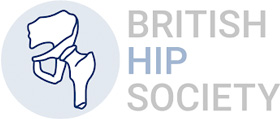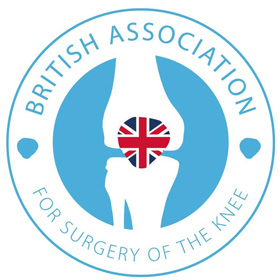Osteotomy
(Realignment Of The Knee)
Osteotomy can relieve pain and delay the progression of arthritis in the knee. It can allow a younger patient to lead a more active lifestyle for many years. Even though many patients will ultimately require a total knee replacement, an osteotomy can be an effective way to buy time until a replacement is required.
Osteotomy literally means “cutting of the bone.” In a knee osteotomy, either the tibia (shinbone) or femur (thighbone) is cut and then repositioned to relieve pressure on the knee joint.
Knee osteotomy is commonly used to realign your knee if you have arthritis damage on only one side of your knee. The aim is to shift your body weight off the damaged area to the other side of your knee, where the cartilage is still healthy. After removing a wedge of your shinbone from underneath the healthy side of your knee, the shinbone and thighbone can bend away from the damaged cartilage.
A good way to think of this is to imagine the hinges on a door. When the door is shut, the hinges are flush against the wall. As the door swings open, one side of the door remains pressed against the wall as space opens up on the other side. Removing just a small wedge of bone can “swing” your knee open, pressing the healthy tissue together as space opens up between the thighbone and shinbone on the damaged side so that the arthritic surfaces do not rub against each other.
Knee osteotomy is most commonly performed on people who may be considered too young for a total knee replacement. Total knee replacements wear out much more quickly in people younger than 55 than in people older than 70. Because prosthetic knees may wear out over time, an osteotomy procedure can enable younger, active osteoarthritis patients to continue using the healthy portion of their knee. The procedure can delay the need for a total knee replacement for up to ten years or more.
Why it’s done
Articular cartilage allows the ends of the bones in a healthy knee to move smoothly against each other. Osteoarthritis damages and wears away the cartilage — creating a rough surface.
When the cartilage wears away unevenly, it narrows the space between the femur and tibia, resulting in a bow inward or outward depending on which side of the knee is affected. Removing or adding a wedge of bone in your upper shinbone or lower thighbone can help straighten this bowing, shift your weight to the undamaged part of your knee joint and prolong the life span of your knee joint.
Osteoarthritis can develop when the bones of your knee and leg do not line up properly. This can put extra stress on on either the inner (medial) or outer (lateral) side of your knee. Over time, this extra pressure can wear away the smooth cartilage that protects the bones, causing pain and stiffness in your knee.
Advantages and Disadvantages
Knee osteotomy has three goals:
- To transfer weight from the arthritic part of the knee to a healthier area
- To correct poor knee alignment
- To prolong the life span of the knee joint
By preserving your own knee anatomy, a successful osteotomy may delay the need for a joint replacement for several years. Another advantage is that there are no restrictions on physical activities after an osteotomy – you will be able to comfortably participate in your favorite activities, even high impact exercise.
Osteotomy does have disadvantages. For example, pain relief is not as predictable after osteotomy compared with a partial or total knee replacement. Because you cannot put your weight on your leg after osteotomy, it takes longer to recover from an osteotomy procedure than a partial knee replacement.
In some cases, having had an osteotomy can make later knee replacement surgery more challenging.
The recovery is typically more difficult than a partial knee replacement because of pain and not being able to put weight on the leg.
Because results from total knee replacement and partial knee replacement have been so successful, knee osteotomy has become less common. Nevertheless, it remains an option for some patients.
The Procedure
Most osteotomies for knee arthritis are done on the tibia (shinbone) to correct a bowlegged alignment that is putting too much stress on the inside of the knee.
There are two types of osteotomy – “closing wedge osteotomy” and “opening wedge osteotomy”. For closing wedge osteotomy a wedge of bone is removed from the outside of the tibia, under the healthy side of the knee. When the surgeon closes the wedge, it straightens the leg. This brings the bones on the healthy side of the knee closer together and creates more space between the bones on the damaged, arthritic side. For opening wedge osteotomy cut is made in the tibia, under the worn inner side of the knee. When the surgeon opens up this cut to create a wedge shaped gap, it straightens the leg. Bothe techniques bring the bones on the healthy side of the knee closer together and creates more space between the bones on the damaged, arthritic side.
As a result, the knee can carry weight more evenly, easing pressure on the painful side.
Osteotomies of the thighbone (femur) are done using the same technique. They are usually done to correct a knock-kneed alignment.
Candidates for Knee Osteotomy
Knee osteotomy is most effective for thin, active patients who are 40 to 60 years old. Good candidates have pain on only one side of the knee, and no pain under the kneecap. Knee pain should be brought on mostly by activity, as well as standing for a long period of time.
Candidates should be able to fully straighten the knee and bend it at least 90 degrees.
Patients with rheumatoid arthritis are not good candidates for osteotomy. Your orthopaedic surgeon will help you determine whether a knee osteotomy is suited for you.






